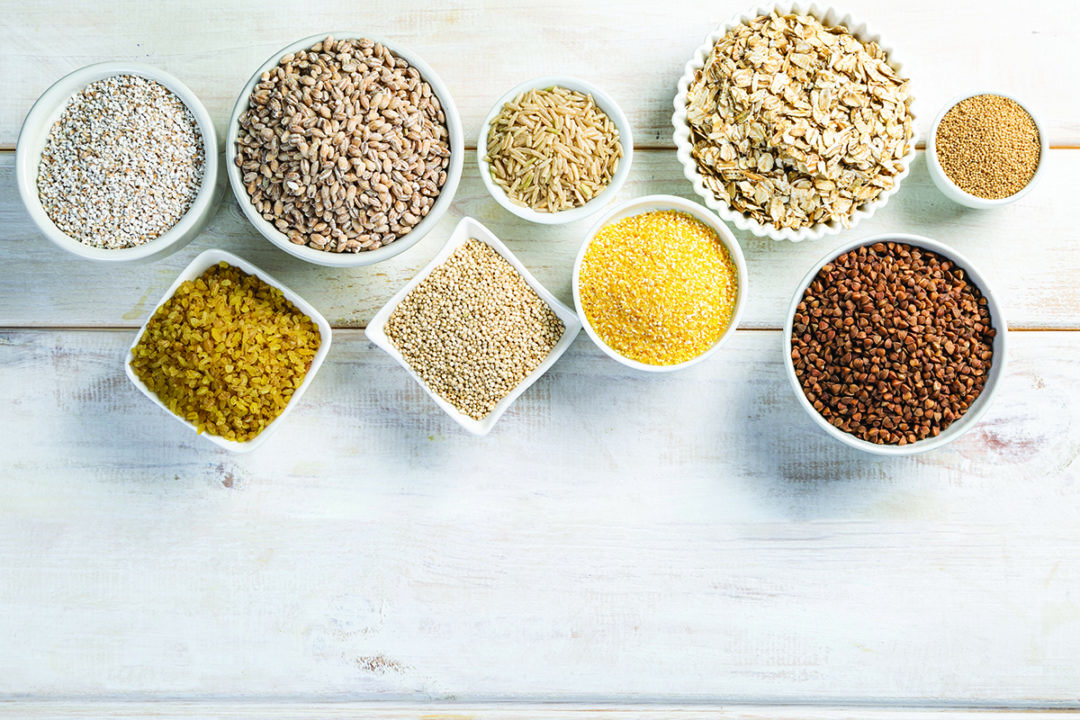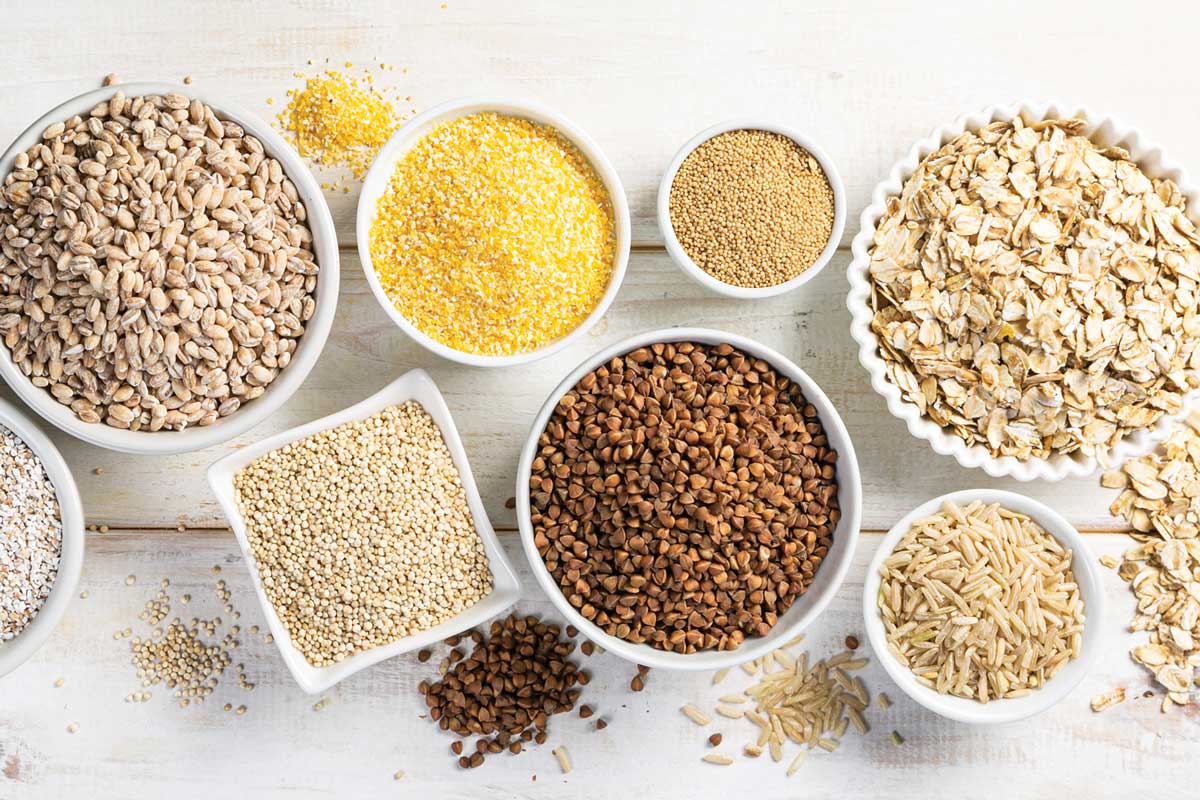Differences Between Whole Grains and Refined Grains
Nutritional guidelines say to choose whole grains rather than refined grains, but what is the difference between the two?1 Whole grains contain most of the original grain intact, as grown by the grain plant. Refined grains are processed—refined—to remove some of the outer casing or inner seed.
Those original grain parts contain fiber plus other nutrients, and they’re good for you, which is why health experts urge people to include whole grains in their diets.1 But whole grains and the flour produced from them don’t make light, fluffy baked goods, which is why food product manufacturers might tend to avoid them for some products.
Parts of Grain Kernels
Grains include wheat, corn, rice, sorghum, barley, millet, rye, and oats. The seed of the grain plant, also called the kernel, is what is harvested. It contains three parts:
- Bran: The fibrous shell covering the entire kernel
- Endosperm: The starchy part of the grain directly below the bran
- Germ: The part of the seed that can grow into another grain plant
The endosperm is the largest part of the kernel and the germ is the smallest. All parts of the kernel contain nutrients.2 The germ is the only part that contains healthy fats. The bran contains the bulk of the kernel’s fiber.
Whole Grain vs. Refined Grain
There are several differences between whole-grain flour and refined flour.
Whole-Grain Flour
- Contains all three parts of the grain kernel: bran, endosperm, and germ.
- Has a slightly denser texture.
- Has a higher nutrient content, including fiber and B vitamins.
- Has a shorter shelf life.
Refined Flour
- Contains only the endosperm. The refining process removes the germ and bran.
- Has a finer texture.
- Has a lower nutrient content, lacking fiber and B vitamins, though some vitamins and minerals are added back in via enrichment.
- Has a longer shelf life.
Many manufacturers add in vitamins and minerals (specifically, folic acid and iron) that were lost due to processing back into refined wheat flour to make it a healthier food.3 However, there’s no way to add fiber to refined flour without destroying its fine texture and potentially reducing its shelf life.
Gluten-Free Grain Flour: Mostly Refined
If you have celiac disease or non-celiac gluten sensitivity, you need to avoid the three gluten grains (wheat, barley, and rye).4 The other grains are fine for you, as long as they haven’t been cross-contaminated with glutinous grains.
Although some gluten-free product manufacturers are using whole gluten-free grains to make healthier bread, the vast majority of gluten-free products on the market are made with refined gluten-free flour. For this reason, many people who follow the gluten-free diet don’t get enough fiber, and some don’t get enough B vitamins, either. You may need to boost several nutrients if you’re eating gluten-free.
It is possible to find whole grain gluten-free flour. For example, King Arthur Flour makes a certified gluten-free flour blend. But most cup-for-cup gluten-free flours you’ll see include refined grains, with white rice being the most common ingredient.
Also, when you’re talking about gluten-free whole grains, you should know that some of what we think of as “grains” are really different types of plants entirely. Quinoa (technically a seed) and buckwheat (actually a grass) fall into this category, and both can make healthy whole-grain substitutes.






